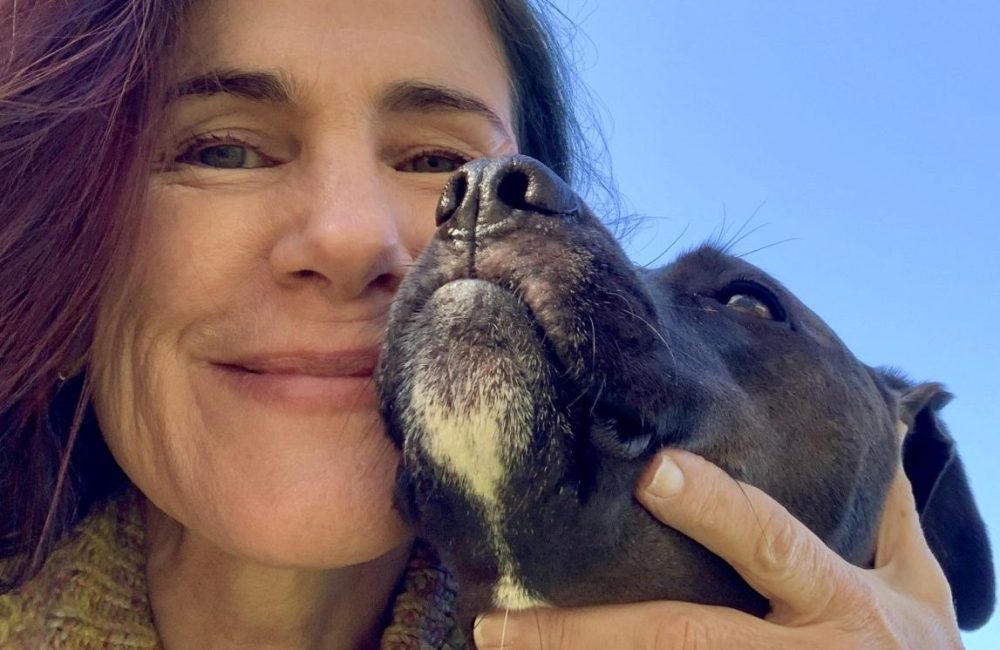Do you have tips or trouble with using WordPress?
Category: Multiculturalism
Book Reviews: High-Risk Homosexual + More + It’s Personal + Pod
What books made you more compassionate toward yourself or others?
Books + Pronouns by Suzanne Craig-Whytock + Podcast Audio Version
What book inspires you to do better?
He’s Well! + Book Love x5 + Podcast: Incredible India by Niks
What books make you think about things at a deeper level and how are you feeling?
Happy Persian New Year and we just got our 1st COVID-19 vaccines
Have you been immunized against COVID-19 yet? If so, which brand did you get, and how were your first days, and later?...

